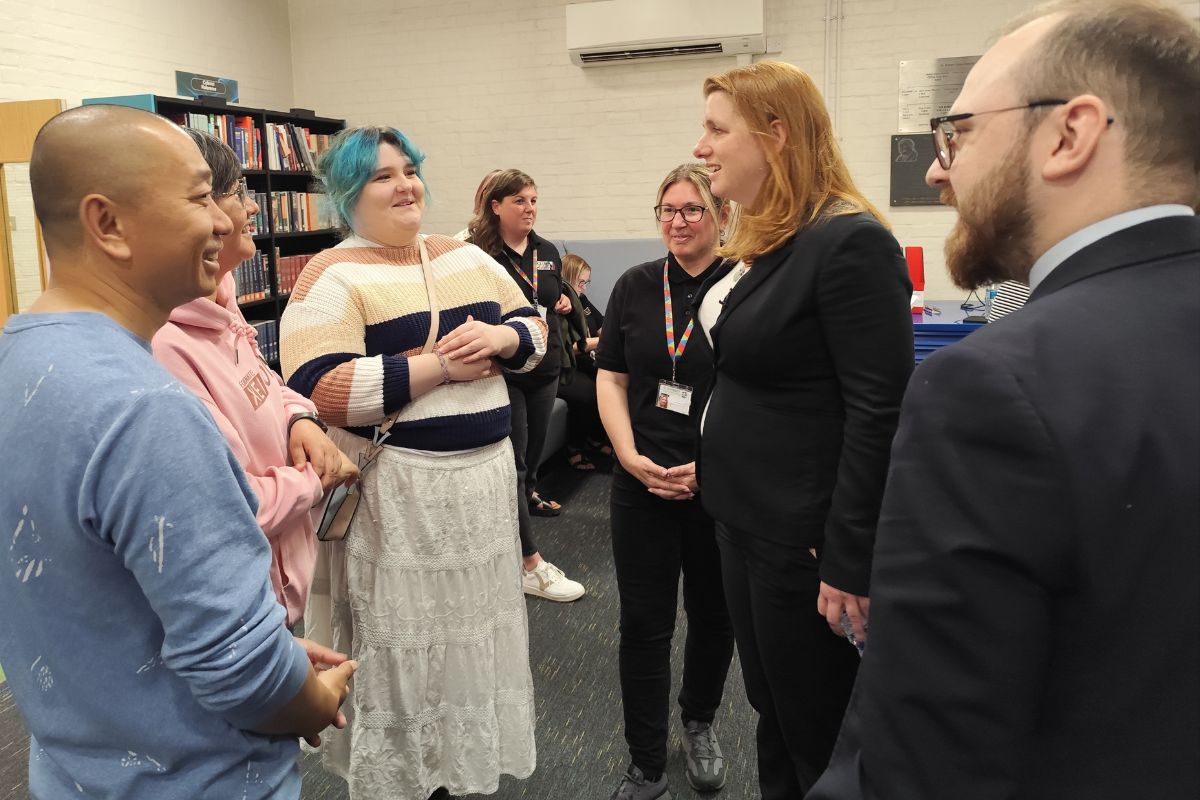Learning from the Past | #EdgyThinking Livestream 3

The Cure for Policy Amnesia?
Edge’s Learning from the Past project aims to do exactly what it says on the tin, learn from past experiences. We often talk about the loss of policy memory or policy amnesia and our project aims to revisit past educational policy initiatives in England that have influenced and driven change across the education system in order to learn from them.
We have mainly focused on policy initiatives related to technical and vocational education, and those that have supported disadvantaged groups of young people, such as young people not in education, employment and training.
Since February 2021 we have published a series of policy reviews developed by Edge’s Emerging Researchers Network members. Each review offers a brief summary to support the understanding of policy context at the time and summarises what went well and what the challenges were. We aim to offer a neutral summary for the reader to draw their own conclusions. We also draw parallels with current policy initiatives where appropriate. The reviews are based on past policy documents, research evaluations and academic articles.
So far we have reviewed, for example, Connexions, Entry to Employment, Young Apprenticeships, Technical Vocational Educational Initiatives and Education Business partnerships.
Future reviews will include, for example, Train to Gain, the National Scholarship Programme and the Polytechnics.
For example, we have reviewed two very topical past initiatives that have direct relevance now;
- Education Maintenance Allowance. and
- The 14-19 Diplomas
The Education Maintenance Allowance (EMA) pilots were launched in England in 1999 to raise participation, retention and achievement rates in post-16 education among young people from lower income families. EMAs offer financial incentives, including weekly payments and achievement bonuses, to young people. The pilots were subject to one of the largest evaluations ever commissioned in the UK, and positive impacts were demonstrated. EMAs were subsequently rolled out nationally in 2004 and remained operationalised in England until 2011, when they were replaced by a less generous post-16 bursary programme. EMAs continue to be offered to young people in Wales, Scotland and Northern Ireland.
Over a fifty-year period, an array of youth employment initiatives has been introduced across the UK. For example, starting in the 1970s, the Youth Opportunities Programme (YOP) offered six-month work experience placements to the young unemployed. This resembled the current Kickstart scheme, although the latter offers wage incentives rather than a fixed training allowance. By the early 1980s, youth unemployment had escalated to such an extent that YOP was the destination for more than half of all school leavers entering the labour market. In 1983, YOP was replaced by the much larger Youth Training Scheme (YTS), which attracted an enormous £1 billion annual budget, with an emphasis on expanding training opportunities for unemployed 16-18-year-olds. In contrast, the current Kickstart scheme has a total budget of £2 billion to meet the needs of a much wider age cohort, namely unemployed 16-24-year-olds across Great Britain until March 2022.
The 14-19 Diplomas were announced in the 14-19 Education and Skills White Paper in 2005 but they never reached a full rollout. They were cut in 2010 when the Coalition Government took power. These middle track qualifications which could combine academic and vocational learning enabled learners to continue in further training, further studies as well as to enter employment. Diplomas were initially developed in 14 ‘lines of learning’ that were linked to industry sectors. (However, in 2007 the Department for Children, Schools and Families (DCSF) announced the development of three additional general education subject Diploma lines in Science, Languages and Humanities.) Employer engagement in the Diploma qualification development was taken to a new level -employers were to contribute to and lead on the content of the new qualifications.
The Diplomas were complex composite qualifications that were challenging to understand for the learners, their parents and employers. However, learners were able to complete a number of qualifications as part of their Diploma. Drawing parallels with the T-levels that are currently being developed, there are striking similarities. T-levels broadly cover similar industry sectors. There has been yet again great emphasis on engaging with employers in order to meet industry needs. Considerably greater work-experience is a fundamental part of T-levels – about 45 days in T-levels as opposed to minimum 10 days in Diplomas. T-levels are qualifications that may lead to all further training, further studies as well as to employment. So, what have we learnt from the 14-19 Diplomas?
We consider it really important to understand previous policies – how they worked, what went well and what challenges they faced. This is essential to help us to identify the guiding principles, and build on and adapt the best ideas from the past to avoid repeating mistakes.
Catch up with Learning from the Past #EdgyThinking Livestream 2 here:











Responses